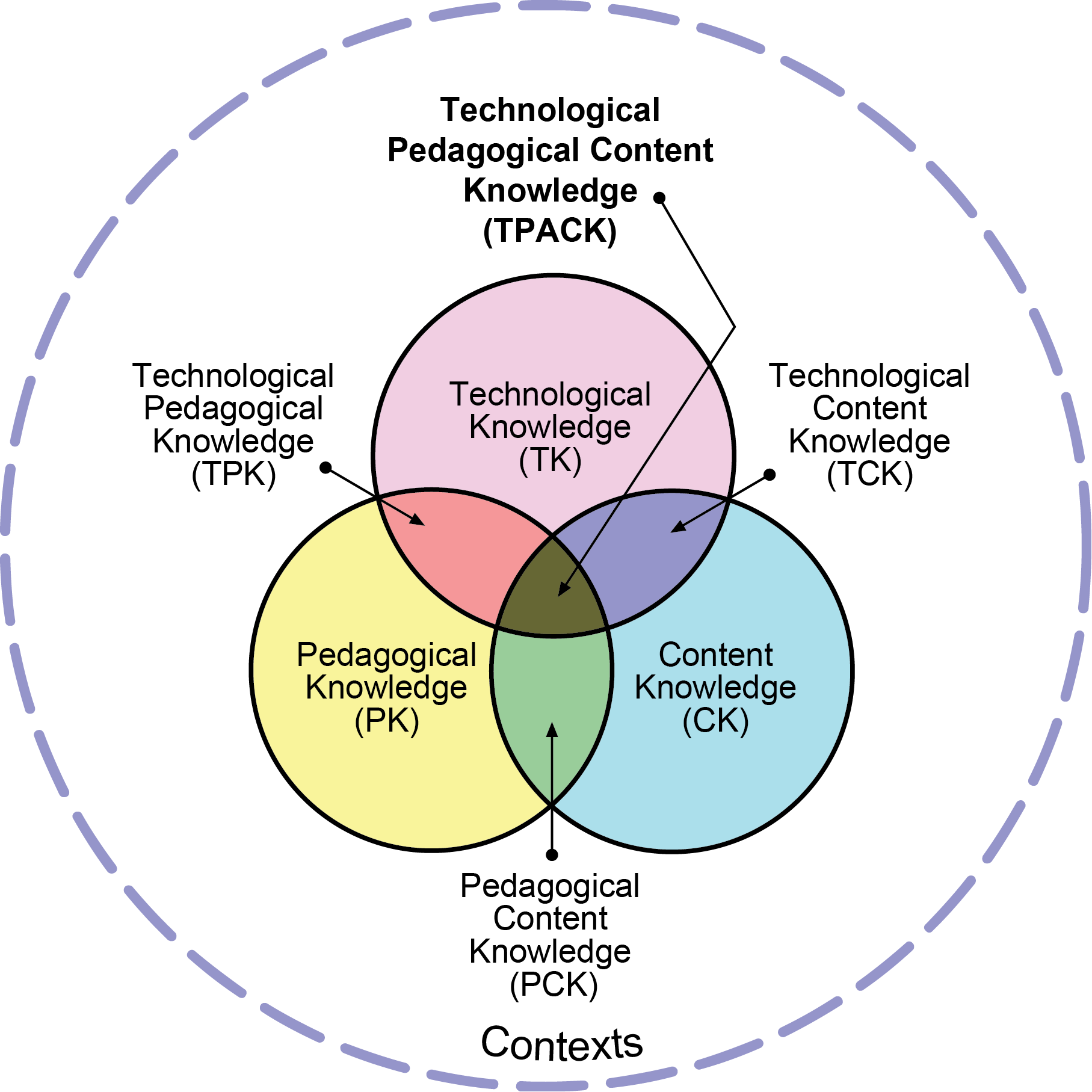Gaining a Better Understanding of Constructivism (UBC – ETEC 530)
This was the final course in the MET program, and I am glad I waited to take this course until later in the program. After providing some grounding in epistemology, this course focused on Constructivism and its application to teaching. While I found the initial (Philosophy/Epistemology) portion of the course challenging and, at times, frustrating, it forced me to face some difficult questions and resulted in some valuable discussions.
Additionally, having gone over some of my past work from other courses during the production of this ePortfolio, I feel that this last exposure to constructivist theory has made a stronger impression on me, than some of the shorter treatments of it in other courses. This is not surprising since I do have a preference for studying things in some depth.
As I worked on my final assignment, I was particularly struck by a claim made in one of the papers I was reading as part of my preparation. The authors were discussing the difficulties faced by ELL students in the undergraduate science classroom, and one of the issues they raised was that, according to Cummins (as cited in Giouroukakis & Rauch, 2010, 51), such students take significantly longer (about 4-6 years longer) to gain a good grasp of academic English language than conversational English.
This was significant to me because most of my current students are non-native English speakers, and are enrolled in an undergraduate program taught in English. Many of them are at a stage where they are still struggling with conversational English, thus they are facing the double challenge of understanding the language and grasping the concepts being presented in that language. It brought to mind von Glasersfeld’s discussion of the difficulty of conveying meaning through words alone (2013), and really helped to cement for me just how valuable the constructivist approach can be.
Helping my students successfully deal with this challenge was the main impetus behind the lesson plan below:
 Loading...
Loading...
In the end, I think my planned lesson uses constructivist principles fairly well. I don’t think it’s comparable to some of the amazing examples provided in Fosnot (2013), but it is a good first attempt at a formally planned constructivist lesson. I’ve learned that, while the examples we saw in the course were quite inspiring, constructivist lessons don’t have to be that elaborate or incorporate a specific set of methods. My thoughts on this are guided by Baviskar, Hartle & Whitney (2009) who define a Constructivist Lesson as: “one that is designed and implemented in a way that creates the greatest opportunities for students to learn, regardless of the techniques used”, which sounds very much like how I would have described what ‘teachers try to do on a regular basis’ (without using the word ‘constructivist’).
I think the biggest concept I will take away from the course is that constructivist teaching methods are mostly about providing dissonant experiences, and helping students work through them to modify and build knowledge. This is a concept that had shown up in other introductions to Constructivism in other courses, but its centrality didn’t really register in my mind until now – I had learned to associate ‘constructivist methods’ with group projects and discussions (likely because that’s what I had been mostly experiencing in my studies).


